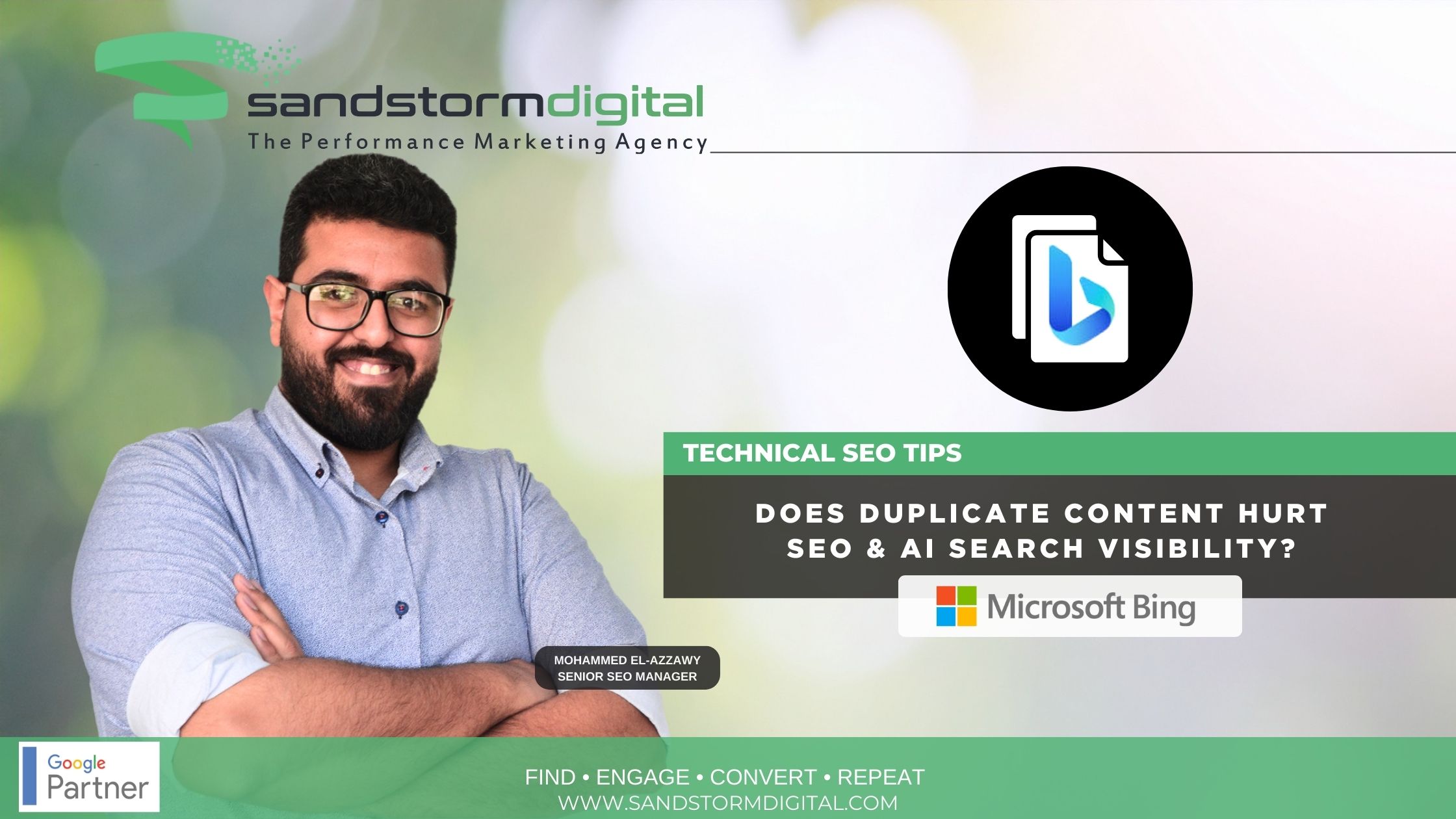Content marketing is a relatively new thing. Call it “inbound marketing” or “permission-based marketing,” or whatever; it’s still a fairly recent concept.
The idea is to exchange content – useful, relevant content – for access to an audience. It’s been proven, in this era of the internet and social media, that providing useful, relevant content to those looking for it can be a way into their wallets.
But sometimes the line gets blurred. How many marketers, in their quest for access, provide tons of content but forget the “marketing” half of the phrase? Unless you’re selling tons of ads attached to your content, you need to market in order to be able to sell whatever it is you’re selling, right?
In the early days of content marketing, the pendulum was seemingly swung the other way. As marketers tried to grasp the concept of providing content in order to attract a trusting, captive audience, there was probably more “marketing” than actual “content.” Old dogs had a hard time with new tricks and all that. There was a lot of marketing copy, and not a lot of actual content.
But now, there seems to be an overwhelming amount of content with less and less marketing. If that assessment seems unfair, just click one of the sponsored ads on a website you visit regularly. You’ll get to see a provocative slideshow, probably, but no offer is made to you, the consumer. Again, if you’re providing content to sell ads, this is all you have to do. If not, ask yourself when was the last time you viewed a slideshow that asked you to opt into anything?
So what of all the businesses that have become convinced that providing content is the way to go but whose business it isn’t to merely sell ads? Why should a restaurant, or dentist or lawyer provide all this content without a marketing hook?
If providing free content for the sake of providing content is what gets you going, have at it. But if you want your business to benefit from your content marketing, you have to include the marketing.
How do you do that?
Weave your best offers into your content. Here is a step-by-step process for doing that (the order of some of the steps might seem counterintuitive, but that’s because you’ve lost the “marketing” half of the phrase):
1. Come up with an offer. This can be a free something, maybe more or better content – an in-depth report or study – or it could be a contest, survey, or discount the audience gets if they opt-in with an email address.
2. Create the content around the offer. This means not the other way around. If you’re a dentist, come up with a discount on teeth whitening, then write an article on what having whiter teeth does to self-esteem. If you’re a real estate agent, offer free assistance to first-time homebuyers at the end of an article about the challenges first-time buyers face.
3. Post the article to your website/blog with a picture. Content with visual elements get clicked on and shared far more than those without.
4. Share the content. This means send it to your database and social media accounts. The goal is to get it to as many people as possible, driving traffic back to your platform, which has great original content and a great offer within that. They have to give up their email address to get it, though,
This is a way to build that invaluable email list with content. You can have great content and no marketing – i.e. email opt-in – or great marketing with no content. Both are ways to assure you capture fewer opt-ins.
Content marketing is a great way to attract viewers. If you want to attract customers or clients, you can’t forget the marketing half of content marketing.











